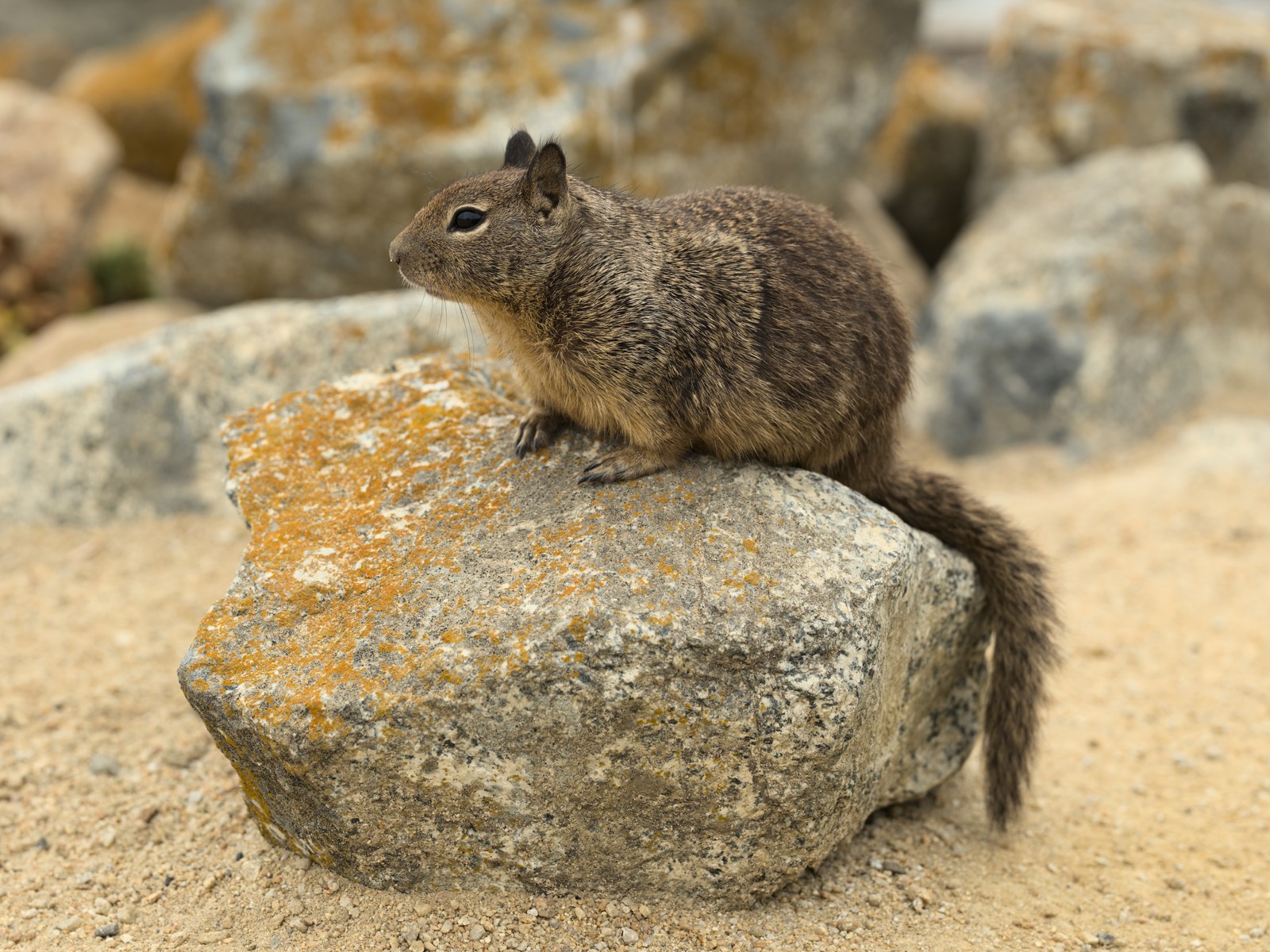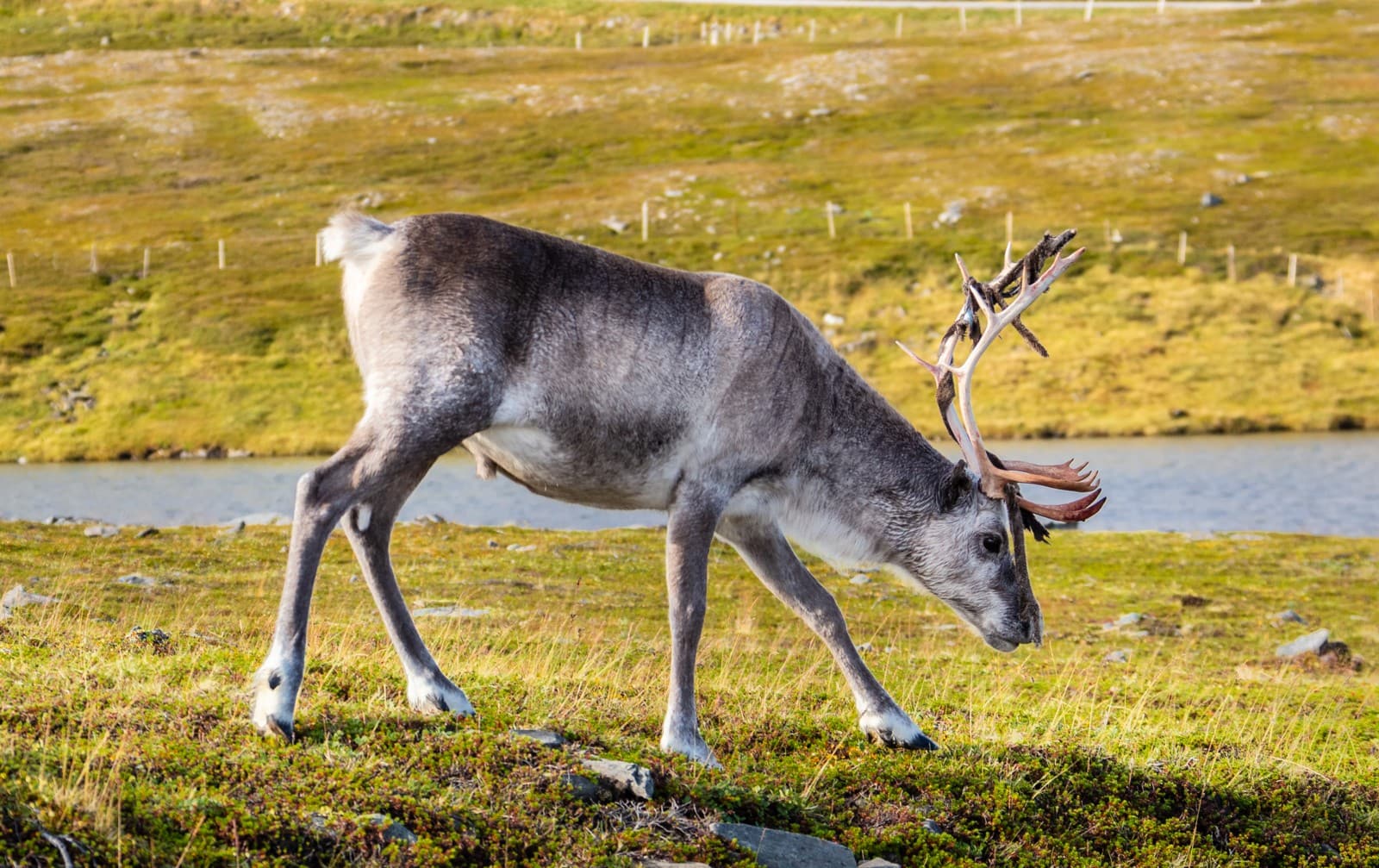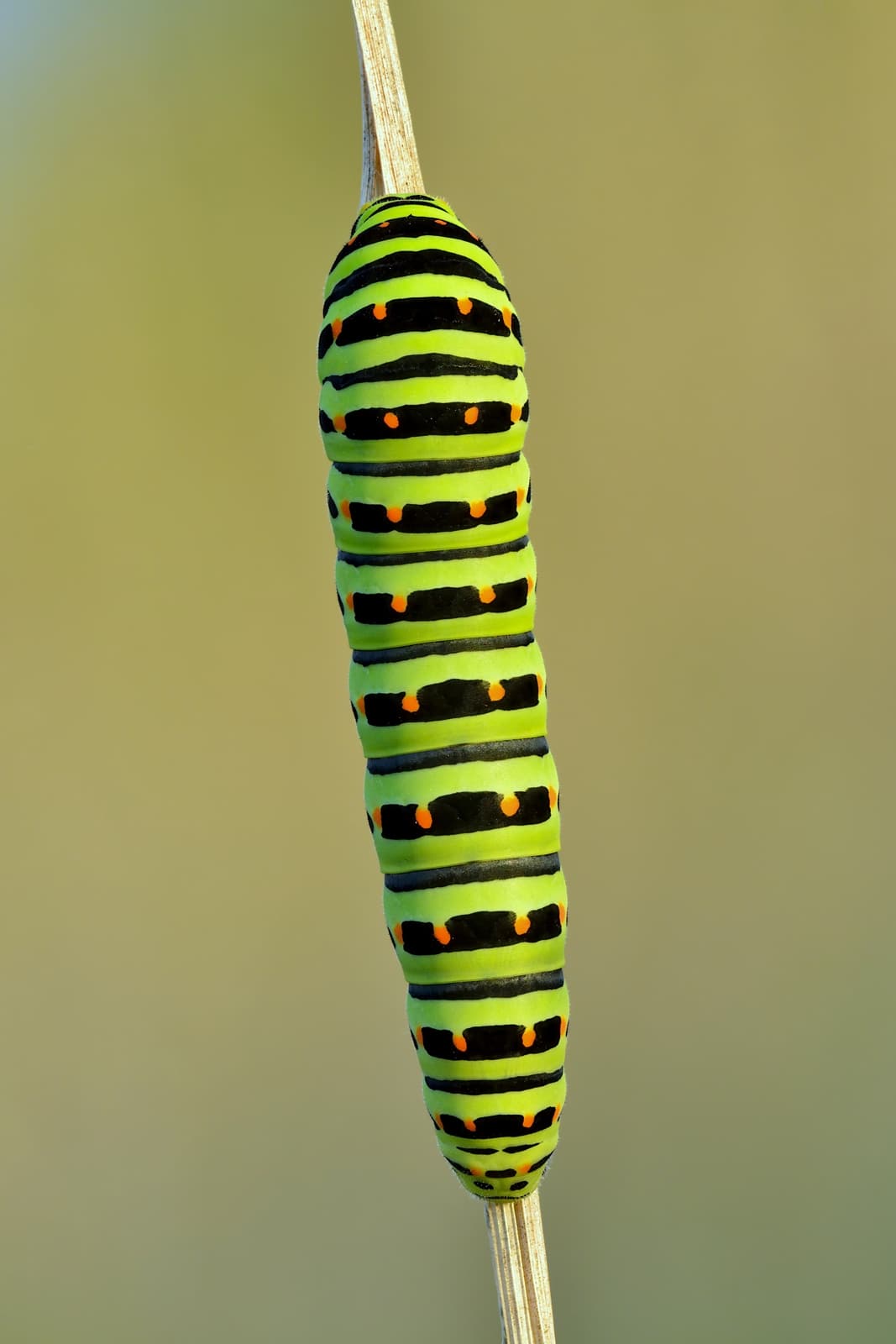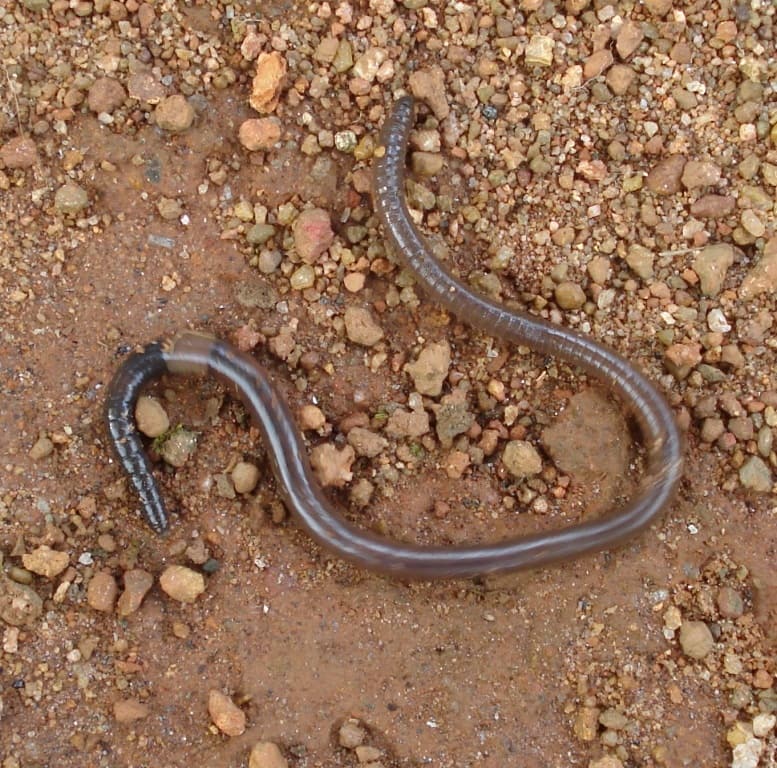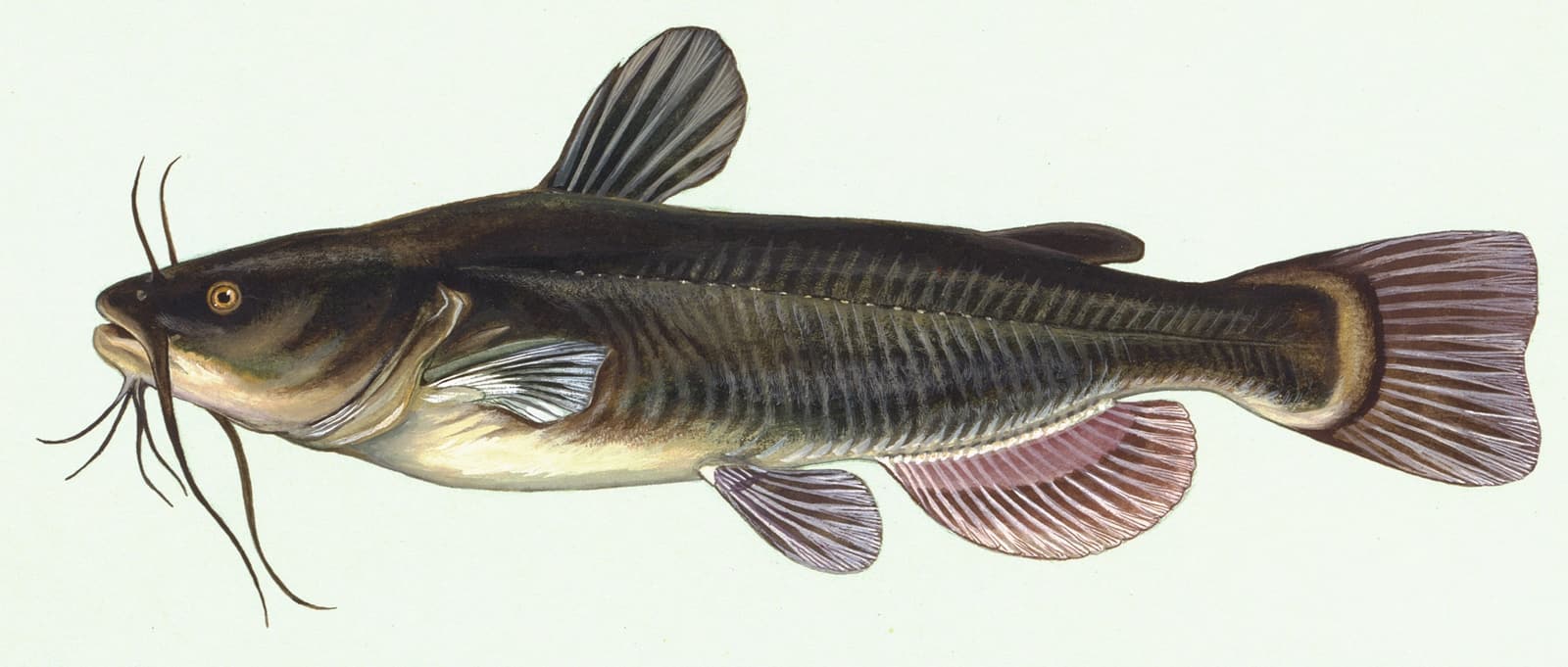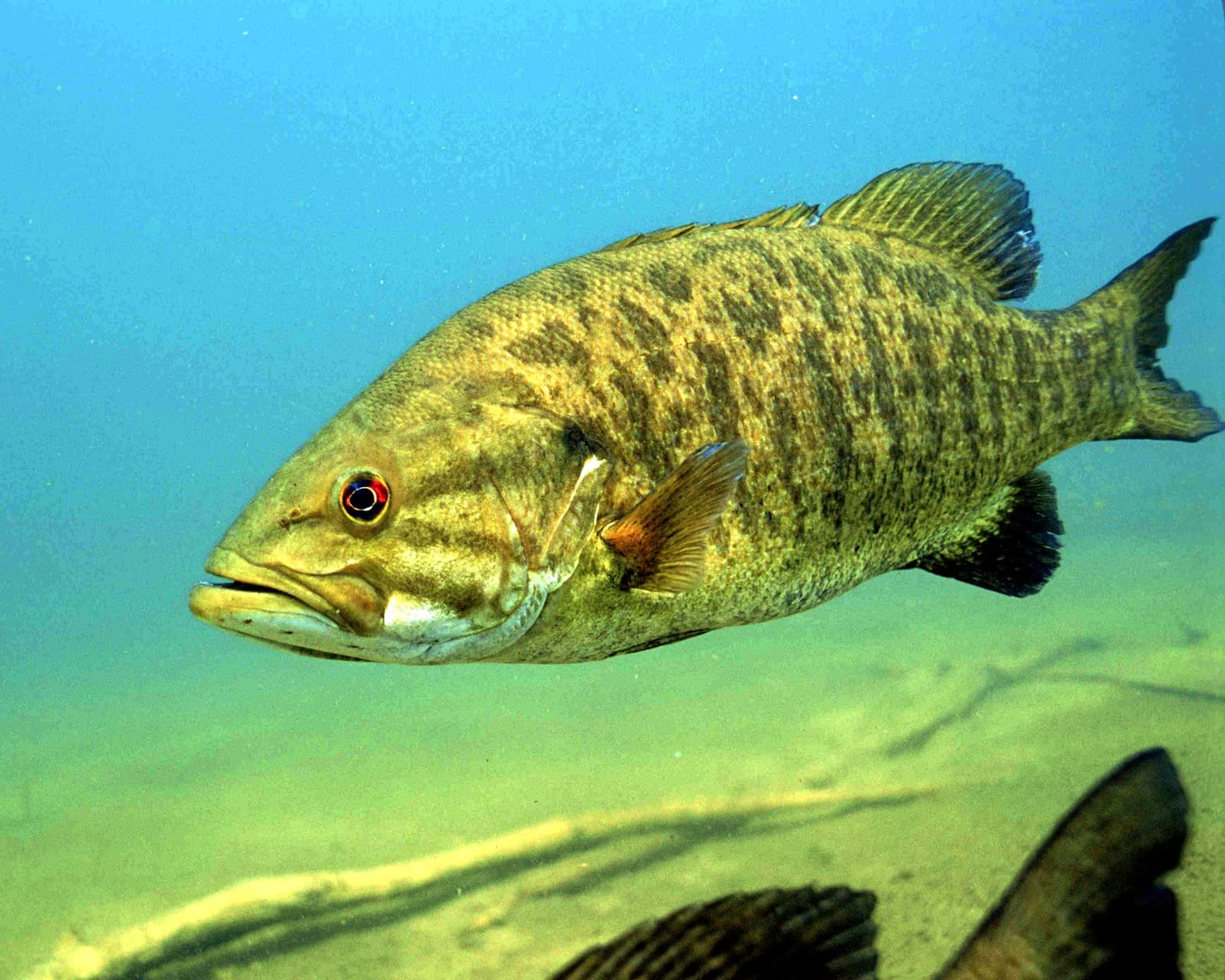Malayan Tapir vs Baird's Tapir: A Complete Comparison
The Malayan Tapir vs Baird’s Tapir comparison reveals fascinating differences between these ancient mammals. While the Malayan Tapir stands out with its distinctive black-and-white “saddle” pattern and larger size, reaching weights up to 720 pounds (326 kg), Baird’s Tapir displays a uniform dark brown coat and typically weighs around 550 pounds (250 kg). These remarkable differences reflect their evolution in distinct geographical regions.
These two species showcase how tapirs have adapted to different environments across continents. The Malayan Tapir thrives in the tropical forests of Southeast Asia, while Baird’s Tapir roams Central America’s diverse landscapes from southern Mexico to northern Colombia.
Visual Comparison
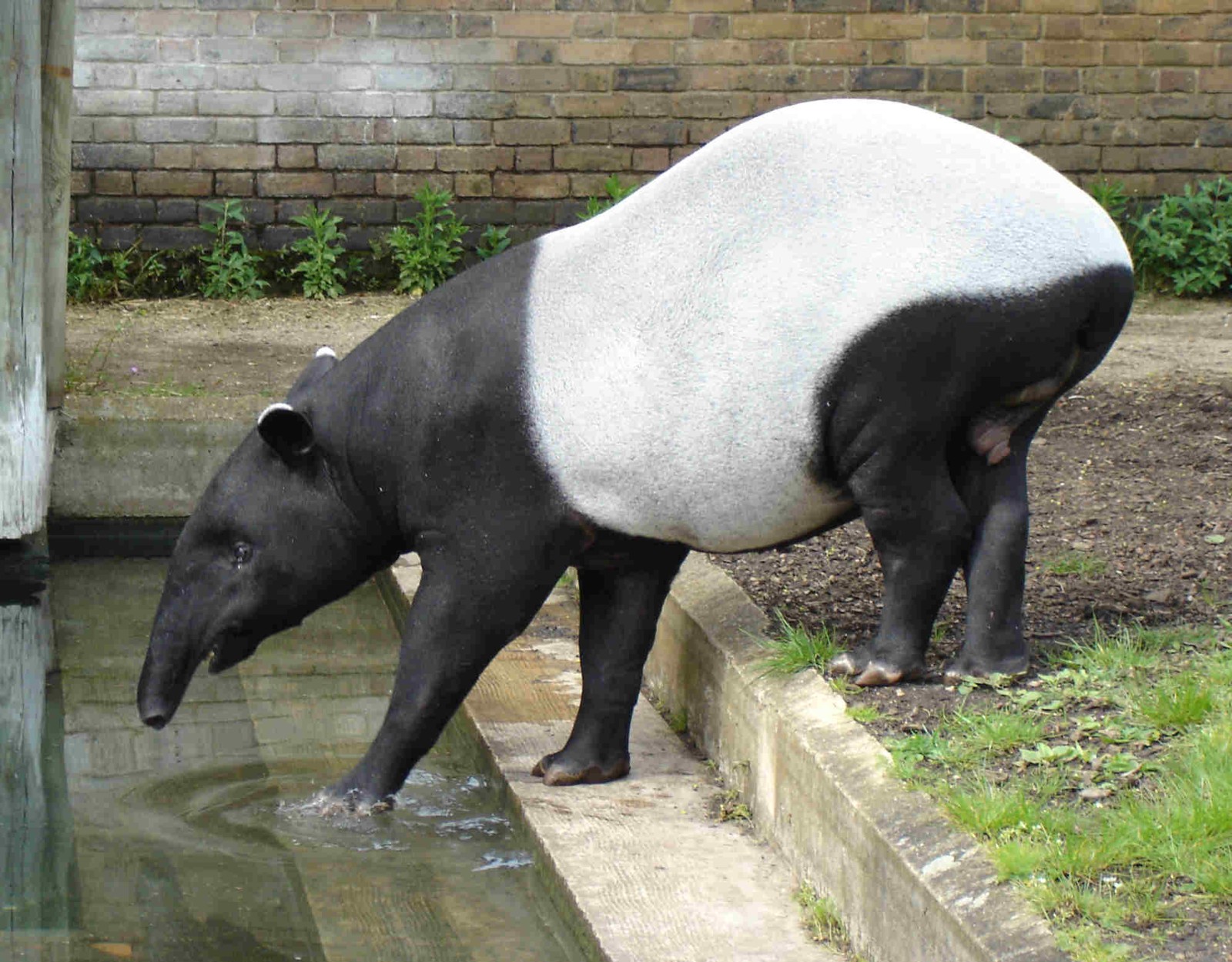
© / CC BY-SA 3.0
The Malayan Tapir’s striking black-and-white coloration serves as natural camouflage in moonlit forests, breaking up its silhouette and helping it avoid predators despite its substantial size.
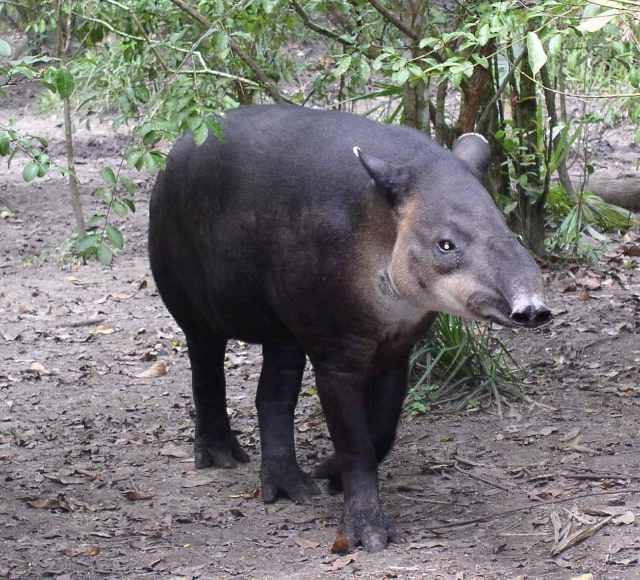
© / CC BY-SA 3.0
Baird’s Tapir exhibits a more uniform dark brown coloration, perfectly suited for blending into the shadowy understory of Central American forests.
Key Differences: Malayan Tapir vs Baird’s Tapir
| Feature | Malayan Tapir | Baird’s Tapir |
|---|---|---|
| Size | 6-8 feet (1.8-2.4 m) | 6-6.5 feet (1.8-2 m) |
| Weight | 550-720 lbs (250-326 kg) | 330-550 lbs (150-250 kg) |
| Coloration | Black and white saddle pattern | Uniform dark brown |
| Habitat | Southeast Asian rainforests | Central American forests |
| Diet | Leaves, fruits, aquatic plants | Leaves, fruits, grasses |
| Conservation Status | Endangered | Endangered |
Habitat and Distribution
The Malayan Tapir inhabits the dense rainforests of Southeast Asia, including Thailand, Malaysia, and Indonesia. These animals require access to water bodies and prefer lowland areas below 4,000 feet (1,220 m). In contrast, Baird’s Tapir demonstrates remarkable adaptability, thriving in various habitats from sea level to elevations of 10,500 feet (3,200 m) across Central America.
Behavior and Lifestyle
Social Structure
Both species are primarily solitary, but their social behaviors show distinct differences. Malayan Tapirs tend to be more nocturnal, while Baird’s Tapirs display more flexible activity patterns, often being active during both day and night.
Feeding Habits
Malayan Tapirs consume up to 85 pounds (38.5 kg) of vegetation daily, focusing on soft aquatic plants and fruits. Baird’s Tapirs have a more varied diet, including tougher vegetation and playing a crucial role as seed dispersers in their ecosystems.
Conservation Challenges
Both species face serious threats from habitat loss and hunting. The Malayan Tapir population has declined by more than 50% in the last three generations, while Baird’s Tapir faces similar challenges from deforestation and human encroachment. Conservation efforts focus on habitat protection and reducing human-wildlife conflict for both species.
Physical Capabilities
Swimming Ability
Malayan Tapirs are exceptional swimmers, capable of diving for up to 90 seconds. Baird’s Tapirs also swim well but typically use water bodies more for cooling and predator avoidance than extended aquatic activity.
Speed and Agility
Despite their bulky appearance, both species can run at speeds up to 30 mph (48 km/h). Malayan Tapirs show slightly better agility in dense forest settings, while Baird’s Tapirs excel at navigating varied terrain types.
Reproduction and Lifespan
Both species share similar reproductive patterns, with a single calf born after a 13-month gestation period. However, Malayan Tapirs typically live longer in captivity, reaching ages of 30+ years, while Baird’s Tapirs generally live 25-30 years.
Through this comprehensive comparison of Malayan Tapir vs Baird’s Tapir, we can appreciate how these remarkable mammals have evolved to thrive in their respective environments while maintaining many ancestral characteristics that have served them well for millions of years.
